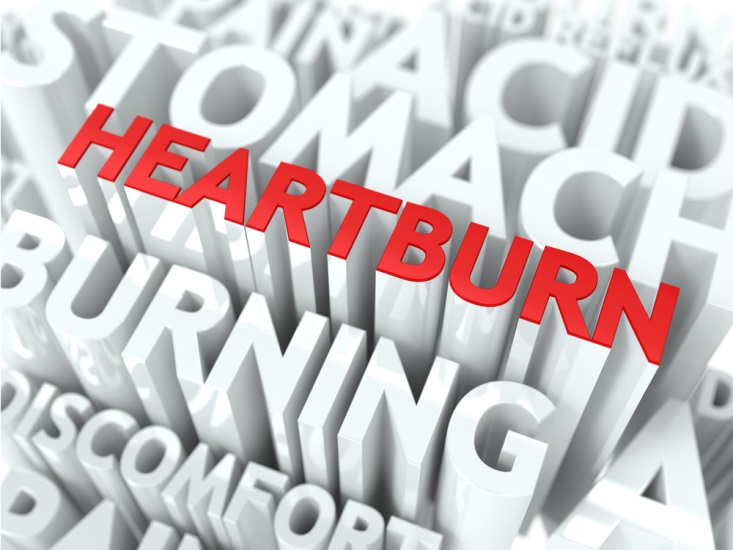The case of the week for this blog is a 67 year-old female with long standing history of GERD related symptoms. She has been treated with a variety of proton pump inhibitors over the past few years with incomplete symptom control. She has been sleeping in a recliner for the past 4 years. Her nighttime symptoms include heartburn and food regurgitation. She reports waking up from her sleep several times during the week with sore throat, cough and choking. Her acid reflux work up included an upper endoscopy that showed distal esophagitis with no evidence of Barrett’s esophagus in the setting of a moderate size hiatal hernia. No evidence of esophageal lumen narrowing was appreciated. In preparation for hiatal hernia repair and Nissen fundoplication she underwent an esophageal manometry that showed normal peristalsis with normal resting lower esophageal sphincter pressure. With every swallow, however, the patient showed evidence of compartment pressurization starting in the mid esophagus up to the lower esophageal sphincter. The lower esophageal sphincter relaxation showed delayed relaxation. In other words, the lower esophageal pressure did not drop at the beginning of the swallow. It only decreased towards the end of the compartment pressurization after the fluid has passed through the sphincter. These findings were highly suggestive of a subtle distal esophageal stricture. A barium esophagogram was performed including the use of a 12.5 mm barium tablet. It showed a short stricture just above the gastro-esophageal junction.
The stricture was successfully dilated and the patient underwent a laparosocopic hiatal hernia repair and a 360 degree wrap with no complications. Post-operatively her GERD symptoms resolved and she did not experience any difficulty swallowing food.
GERD is the most common cause of benign esophageal strictures. A stricture results in luminal narrowing of less than 13 mm and results in dysphagia. Subtle strictures are easily missed on upper endoscopy and a contrast study with a barium tablet are highly sensitive in detecting the abnormality. In our case, high resolution esophageal manometry picked up the slight increase in compartment pressure due to fluid build-up above the stricture. Most benign strictures respond to balloon dilation. A high grade and long stricture that does not respond to balloon dilation requires resection.

